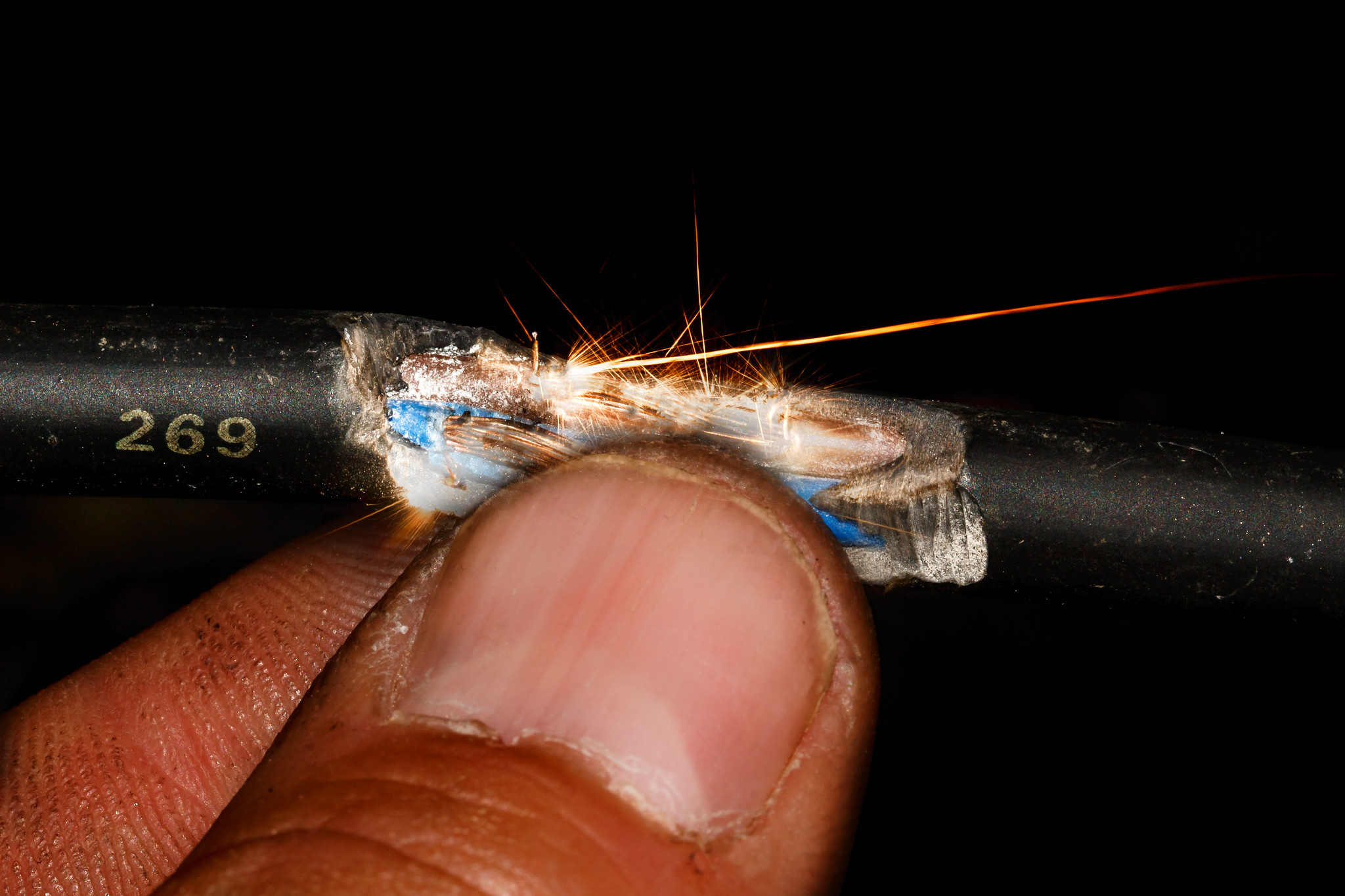Short circuit in your homes
Draw a short circuit in your homes

We use the term short circuit quite loosely to indicate a whole range of electrical problems and malfunctions such as in UK homes in Manchester as well. However, a short occurs specifically when a circuit is configured in a way that allows current to travel an unintended path. Often, whatever the wire or the downward path of the electric current is “short” as it has low electrical resistance. The sudden influx of so much current can cause a spark or a lit fuse.
How do they occur?
Shorts usually occur when a hot wire touches any of the other two wires in the fuse box. This causes an extra current flowing through the circuit, causing the switch to trip or the fuse to blow. However, this is not the only reason short circuits occur. There are many potential problems in electrical circuits, such as faulty wiring, broken insulation, circuit overload, as well as faulty plugs, switches, cables, and sockets. One can occur in both direct and alternating current circuits.
Warning!
Short circuits can be dangerous. They can produce very high temperatures due to the high current flow through the circuit. This can cause the wire to explode and catch fire. This same principle is applied deliberately in the world of arc welding. Which uses electricity to generate huge amounts of heat.
Safeguard measures
The use of safety fuses and circuit breakers, which disconnect electricity in reaction to excessive current, can often reduce the damage that a short circuit can cause and are also useful for isolating the exact location of the short circuit.
Sometimes, however, it is still not possible to know the cause of the short circuit. It is easy to see if a short has occurred. It can be difficult to pinpoint the exact location of the short within the larger electrical system.
If you suspect that a short has occurred, you can check it by turning on a switch or connecting a certain electrical appliance. If this turns off the lights in the rest of the house, that’s short.
Draw a short circuit
Step 1: Turn off the electricity
To trace a short circuit, you must turn off all electrical switches. Disconnect all lights and other electrical appliances. Also you must reset the tripped circuit breaker. The technician must complete a replacement if a fuse is present instead of a circuit breaker.
Step 2: Check the sockets or switches
After resetting the switch, if it trips again immediately, there is the possibility of a short circuit in a socket or switch.
Step 3: Shrink it down
If the circuit breaker does not trip, turn on each switch one at a time until the switch trips again. When the switch intervenes when you turn on a particular switch, it is evident that there is a short circuit in an appliance or the switch controls it in a socket.
Step 4: Identify a particular electrical appliance
The problem may lie in the plug, in the cable or in the appliance itself. Emergency Electrician Manchester helps her not only to trace the problem, but also to solve the problem of the short circuit in Manchester.
When the switch does not trip even after turning on all the switches, it is possible to conclude that the original problem started with an electrical appliance somewhere inside the house. Go back to the electrical appliances and lights and start plugging them in one at a time. As soon as the switch trips, any device that is connected at that moment can be identified as problematic and isolated.
